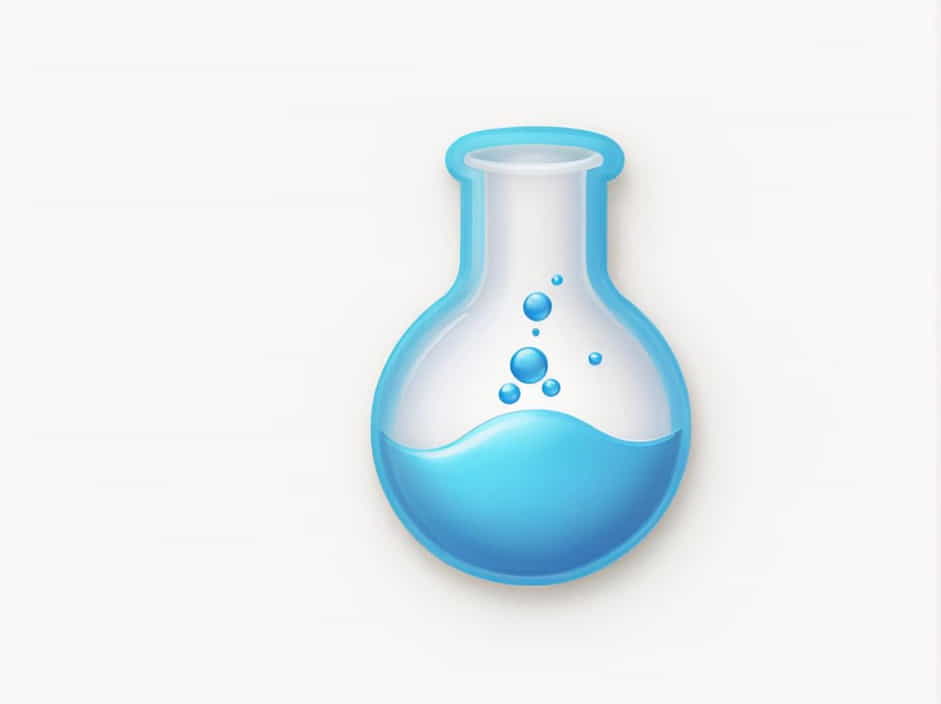Hydrolysis of salt is an important chemical reaction that occurs when a salt dissolves in water, leading to the formation of acidic or basic solutions. This process is particularly significant in chemistry, as it explains how salts influence pH levels and affect various biological, industrial, and environmental processes.
Understanding hydrolysis of salt helps in fields such as medicine, agriculture, water treatment, and chemical manufacturing. This topic explores the definition, types, reactions, and real-world applications of salt hydrolysis.
What Is Hydrolysis of Salt?
Definition
Hydrolysis of salt refers to the reaction between water and the ions of a dissolved salt, resulting in the formation of either acidic, basic, or neutral solutions. This occurs because water molecules interact with the salt’s cation (positive ion) and anion (negative ion), altering the pH of the solution.
Basic Concept of Salt Hydrolysis
When a salt dissolves in water, it breaks into its constituent ions. These ions can react with water molecules to form either H⁺ (hydronium ions) or OH⁻ (hydroxide ions), influencing the solution’s pH. The nature of these ions determines whether the solution is acidic, basic, or neutral.
Types of Salt Hydrolysis
1. Neutral Salt Hydrolysis
Some salts do not alter the pH of water because their ions do not react with water. These salts come from a strong acid and a strong base, meaning their ions are weak and do not influence the pH.
Example:
- Sodium chloride (NaCl) comes from hydrochloric acid (HCl) and sodium hydroxide (NaOH).
- Both HCl and NaOH are strong, so their ions do not hydrolyze, making the solution neutral (pH 7).
2. Acidic Salt Hydrolysis
Some salts produce an acidic solution because their cation (positive ion) reacts with water, releasing H⁺ ions and lowering the pH. These salts usually come from a strong acid and a weak base.
Example:
- Ammonium chloride (NH₄Cl) is formed from ammonia (NH₃, a weak base) and hydrochloric acid (HCl, a strong acid).
- The ammonium ion (NH₄⁺) reacts with water to produce H⁺ ions, making the solution acidic (pH < 7).
- Reaction:
NH₄^+ + H₂O → NH₃ + H₃O^+
3. Basic Salt Hydrolysis
Some salts create a basic solution because their anion (negative ion) reacts with water, forming OH⁻ ions and increasing the pH. These salts usually come from a weak acid and a strong base.
Example:
- Sodium acetate (CH₃COONa) is derived from acetic acid (CH₃COOH, a weak acid) and sodium hydroxide (NaOH, a strong base).
- The acetate ion (CH₃COO⁻) reacts with water to form OH⁻ ions, making the solution basic (pH > 7).
- Reaction:
CH₃COO^- + H₂O → CH₃COOH + OH^-
4. Amphiprotic Salt Hydrolysis
Some salts come from a weak acid and a weak base, meaning both ions can react with water. The final pH depends on the relative strengths of the acid and base.
Example:
- Ammonium acetate (NH₄CH₃COO)
- Since both NH₄⁺ (acidic) and CH₃COO⁻ (basic) can hydrolyze, the pH depends on which ion has a stronger effect.
Factors Affecting Salt Hydrolysis
1. Strength of Acid and Base
- Strong acids and strong bases produce neutral salts (e.g., NaCl).
- Strong acids and weak bases produce acidic salts (e.g., NH₄Cl).
- Weak acids and strong bases produce basic salts (e.g., CH₃COONa).
- Weak acids and weak bases produce variable pH salts (e.g., NH₄CH₃COO).
2. Concentration of the Salt
Higher salt concentrations can intensify the effect of hydrolysis, making the solution more acidic or basic.
3. Temperature
Temperature affects reaction rates, influencing how quickly salt hydrolysis occurs.
4. Presence of Buffer Systems
Buffers can resist pH changes caused by salt hydrolysis, stabilizing the solution’s acidity or alkalinity.
Applications of Salt Hydrolysis
1. Industrial Applications
- Used in chemical production, including dyes, drugs, and detergents.
- Helps in wastewater treatment by neutralizing acidic or basic effluents.
2. Agriculture and Soil Science
- Some fertilizers undergo hydrolysis in soil, affecting nutrient availability.
- Lime (CaCO₃) is used to neutralize acidic soils through hydrolysis.
3. Food Industry
- Hydrolysis reactions influence food preservation and the pH of fermented products like yogurt and cheese.
4. Medicine and Pharmaceuticals
- Some drugs depend on hydrolysis reactions for activation in the body.
- Understanding hydrolysis helps in formulating stable medications.
5. Environmental Impact
- Salt hydrolysis affects the pH of natural water bodies, influencing aquatic life.
- Acidic or basic effluents can harm ecosystems if not properly managed.
Examples of Common Salts and Their Hydrolysis Behavior
| Salt | Parent Acid | Parent Base | Type of Hydrolysis | pH of Solution |
|---|---|---|---|---|
| NaCl (table salt) | HCl (strong) | NaOH (strong) | None (neutral) | 7 (neutral) |
| NH₄Cl (ammonium chloride) | HCl (strong) | NH₃ (weak) | Acidic | < 7 |
| CH₃COONa (sodium acetate) | CH₃COOH (weak) | NaOH (strong) | Basic | > 7 |
| NH₄NO₃ (ammonium nitrate) | HNO₃ (strong) | NH₃ (weak) | Acidic | < 7 |
| Na₂CO₃ (sodium carbonate) | H₂CO₃ (weak) | NaOH (strong) | Basic | > 7 |
Hydrolysis of salt is a key chemical process that determines whether a solution becomes acidic, basic, or remains neutral when a salt dissolves in water. The outcome of salt hydrolysis depends on the strength of the parent acid and base, influencing pH levels in various applications, from industry and agriculture to medicine and environmental science.
Understanding salt hydrolysis is essential for controlling pH levels, optimizing chemical reactions, and managing ecological balance. Whether in water treatment, food production, or pharmaceuticals, hydrolysis plays a critical role in shaping the chemical properties of solutions we encounter daily.
